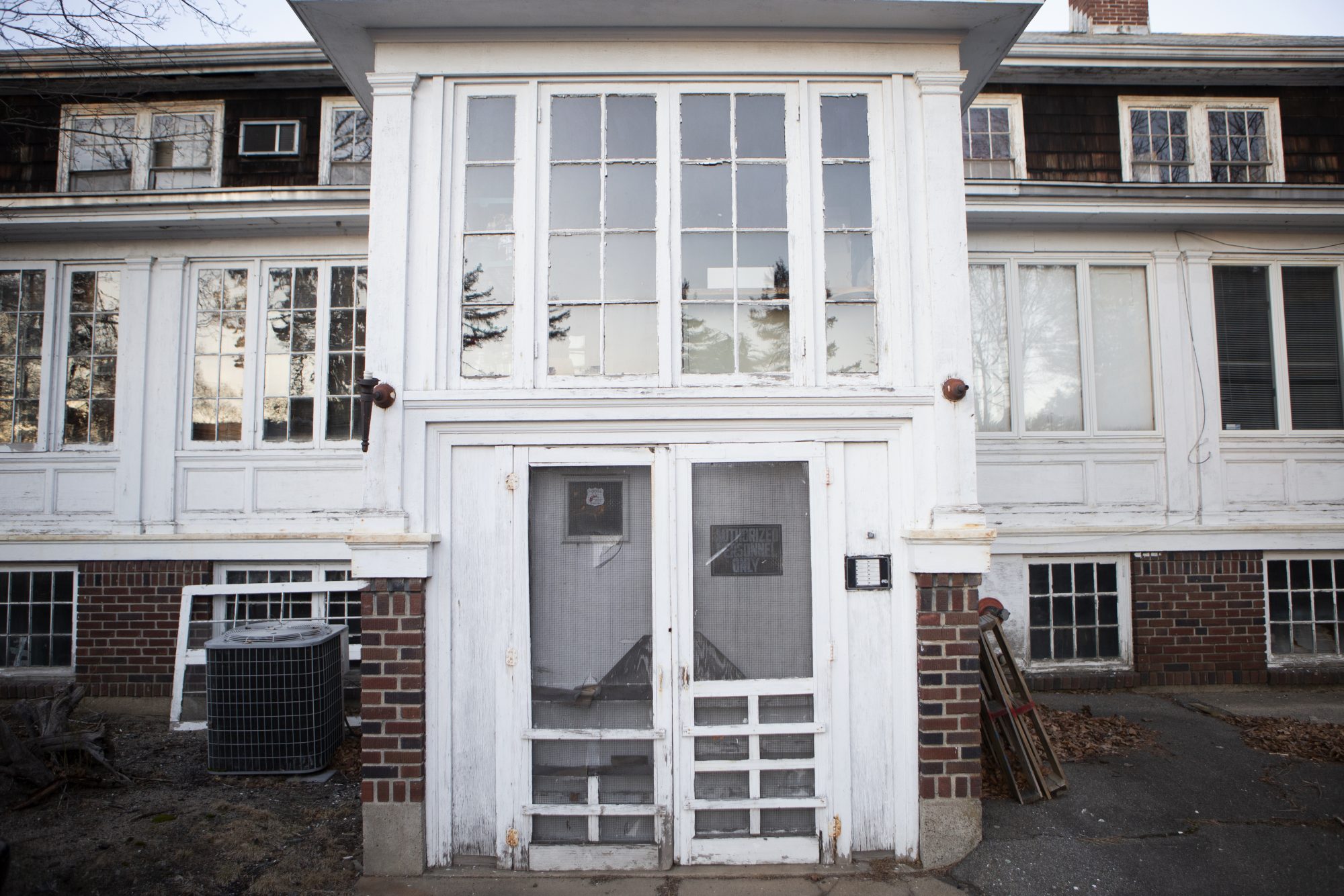SWAMPSCOTT — Weeks after the Historical Commission voted to delay the demolition of Revolutionary War Gen. John Glover’s former house for nine months, the commission put essentially every form of preservation on the table.
Currently, a developer, Leggat McCall Properties LLC, plans to demolish the house to build a four-acre housing development including two buildings with 96 rental units in Swampscott and one building with 44 rental units in Marblehead.
Historical Commission Chair Nancy Schultz said the commission is currently considering six potential options for the Glover House. Those include dismantling the house and salvaging the frame for potential use elsewhere, dismantling the house and reconstructing it somewhere in Marblehead or Swampscott, relocating it as a whole, incorporating it into the new development, carving out and purchasing the house’s land to restore it, or the town purchasing the house, stopping development, and preserving it as a museum.
The property, located in Vinnin Square at the juncture between Salem, Swampscott, and Marblehead, was Glover’s home in the late 1700s. It was later a famous restaurant owned by Anthony Athanas from 1957 until its closure in 2003.
Three weeks ago, the commission voted to delay the historic house’s demolition for nine months, buying the commission time to find a way to preserve it.
“We are cognizant of the fact that this is a derelict site and is currently a blight and an eyesore on Swampscott,” Historical Commission Treasurer Ryan Judkins said at a meeting April 12. “We are also cognizant that the history of the site goes back to the Revolutionary War and we would like to find some sort of common ground which recognizes both of those truths.”
At a meeting last week, commission members discussed the various options and the viability of dismantling and storing the house, or restoring it.
Schultz said one of the largest determining factors at play in the commission’s decision is its ability to raise funding. She said demolition is still an option in the unlikely event that the commission cannot raise any funds or garner support from neighboring communities.
“Obviously the Historical Commission can’t do this alone. In my sense of the way things are happening right now, that’s (demolition’s) not going to happen. I think it’ll be one of the other scenarios. I don’t think it’ll be number seven (Swampscott purchasing the house). That’s the other extreme,” Schultz said.
Historical Commission Vice Chair Jonathan Leamon said that different organizations in Marblehead have already expressed support for the house’s preservation. He said once the commission can gauge Marblehead’s level of participation in fundraising, its members will be able to narrow the options.
Leamon added that if the committee could not find another option within the nine-month time frame, he liked the idea of dismantling the house and storing it temporarily.
“I know that structures have been stored in trailers. If we have to do that because the land is being prepared and they want to tear the building down so they can build, that’s a good way to preserve it. Instead of having it go to a junk heap, I think that’s a very viable possibility,” Leamon said.
The option to incorporate the Glover House into the new development is expected to cost more than $2.5 million. Historical Commission alternate member Kim Barry suggested focusing fundraising efforts on state and local government, rather than on individuals, to raise funds faster.
Schultz concluded the meeting by suggesting the commission form a steering committee to plan fundraising and narrow the options further.
“There is going to be a steering committee formed out of some members of the Swampscott Historical Society to head up fundraising and strategic thinking,” Schultz said. “There will be a town-based committee and obviously, we’re all welcome to get involved in those kinds of things as much as we want to learn, as much as we have time for.”

